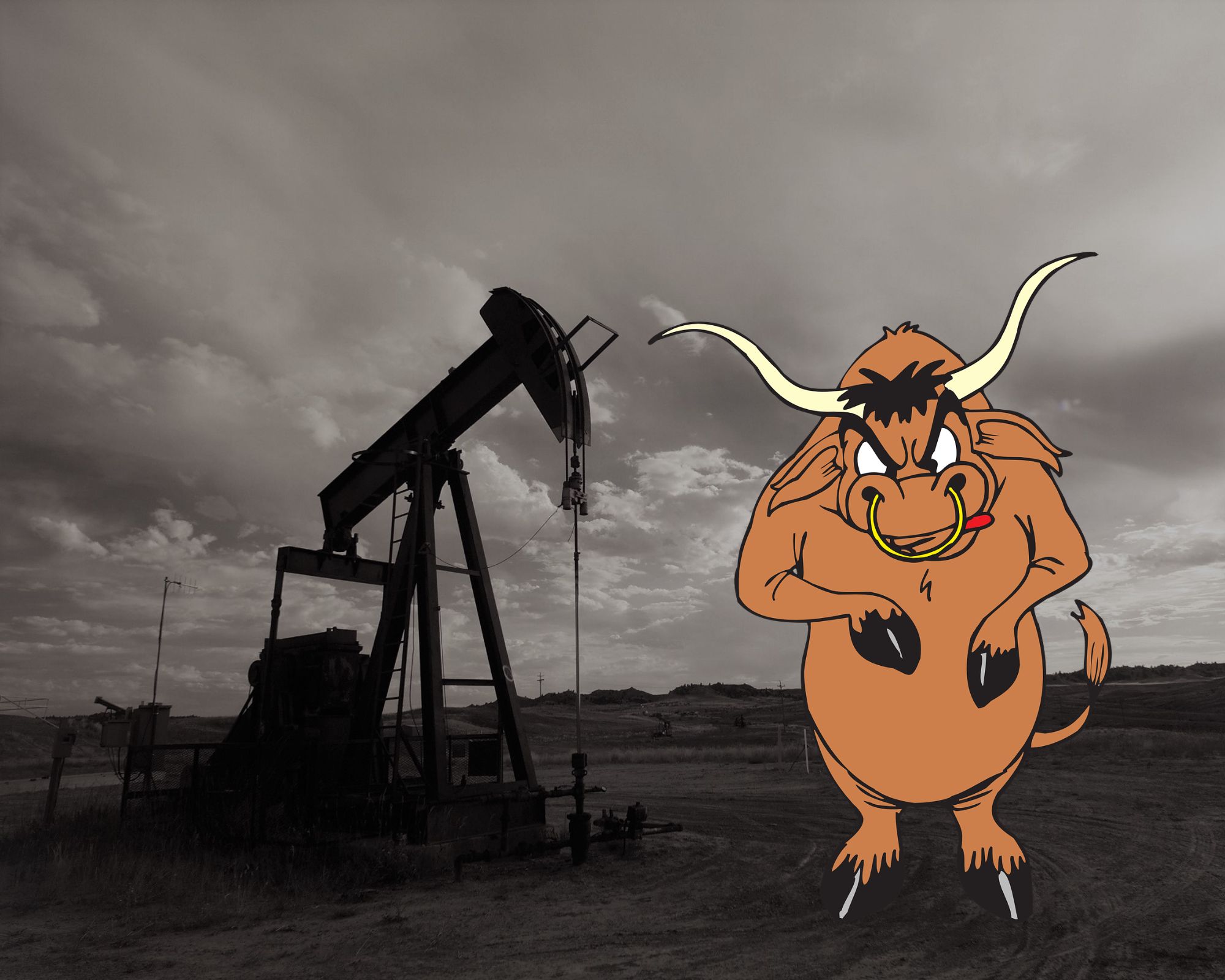If you were to believe the headlines, it would be easy to think that we can easily transition away from fossil fuels over the next decade. Given the one-sided focus on climate change and how fossil fuels might be contributing to global warming, it stands to reason that this transition will eventually occur. That said, logic and physics will eventually win and we are now finally seeing this play out due to misplaced energy policy in Europe.
In this episode, Justin and I talk about Peak Oil theory, China’s dominance over the solar panel supply chain and what is being done to correct this, the resurgence in nuclear power, and investment banks are finally realizing that natural gas can help bridge the gap to a low-carbon future. We wrap up with a discussion on why now, more than ever, we are bullish on the future of U.S. produced oil and gas in helping meet the world’s energy needs.
Be sure to also subscribe on Apple Podcasts via the link above and please leave us a rating and review. We read every one of them and sincerely appreciate any feedback you have. To ask us a question to be featured on an upcoming episode, please leave a comment below or send an email to feedback@mineralrightspodcast.com.
Peak Oil
Given the focus on reducing CO2 emissions, it would be easy to think that peak oil production has already occurred. “Peak Oil” refers to the theory M King Hubbert popularized in a paper he wrote in 1956. His theory speculated that economic production of crude oil in the United States would reach a peak by the 1970’s and would forever decline after that point. That was proven untrue with the shale revolution in the 2000’s. While U.S. oil production had been on a decline since the 1980’s, production saw a large increase starting around 2010 due to the advent of horizontal drilling and hydraulic fracturing opening up previously uneconomic or unfeasible oil reserves.
The discussion around “peak oil” now focuses on the demand side of the equation. We keep hearing about solar and wind being the future but a quick transition away from fossil fuels towards unreliable wind and solar often neglects the need to store energy when the wind isn’t blowing or the sun isn’t shining. With current technology, we would need millions of batteries to provide power when we need it most. The ugly truth is that mining for lithium and other rare earth metals like cobalt is dirty business. Not to mention that solar panels are typically made using copious amounts of coal.
No discussion around increasing the mix of solar and wind in our electricity grid would be complete unless we talked about energy security. If we are to significantly increase the amount of solar and wind capacity in the United States, we need to think about the energy security implications. As of 2019, China had 66% of the Polysilicon production, 78% of the solar cell production, and 72% of the solar module market share.
Is Oil and Gas Dead?
With the rapid development of shale reserves over the past decade, it would stand to reason that many of these fields are starting to be depleted. There are still thousands of undrilled locations in the major shale basins across the United States. Even if that weren’t the case, it is important to note that:
“easy-to-produce oil recovered from U.S. oil fields has an average recovery factor estimated at 35 percent. EOR – including techniques using advanced CO2 injection – offers prospects for additional recovery and ultimately producing up to 60 percent or more of the reservoir’s original oil in place. Additionally, permanent geologic storage of the injected CO2 has implications for carbon capture and storage (CCS) technology, viewed by many experts as an important component of a portfolio strategy for reducing human-generated CO2 emissions.”
Department of Energy, September 27, 2010
These statistics refer to oil production from “conventional” oil and gas reservoirs. With the shale revolution, most of the current activity is centered around what is termed “Unconventional” Oil & Gas (UOG) reservoirs.
These reservoirs “commonly extend across large regions and therefore represent extremely large “in-place” resources. However, even with the application of advanced technologies, UOG reservoirs typically exhibit a low recovery factor (RF; the ratio of produced gas to total gas residing in-place). While well-documented estimates of recovery efficiency are scarce, values of 10% or less are often cited for liquid-rich shales, 25%– 35% for gas-rich shales. In addition, because the nature of recovery is highly dependent on the effective application of technology, per-well production is not readily estimated from geologic information as it is in conventional reservoirs.
Department of Energy, September 27, 2010
The takeaway from all of this is that even if no new oil and gas reservoirs are discovered, between 40-90% of the oil and gas still remains in place. It will just take another technological innovation and we will be able to produce nearly the same amount of oil as has already been produced up until now. So, there is still plenty of oil and gas there (not to mention undiscovered or undeveloped reservoirs), it is just a matter of finding a way to economically produce it.
Nuclear Power: Don’t Call it a Comeback
When it comes to energy, physics always wins. As in the words of the pseudonymous author, Doomberg, “Without hyperbole, there is no path to a decarbonized economy that avoids mass starvation and economic collapse without nuclear power, and the hardest opponents of the technology know it” (@DoombergT).
As governments realize that they can’t fight physics, they are finally taking another look at how nuclear power can help them achieve their Net Zero ambitions. In fact, a recent article in Power Magazine, a Nuclear Energy Institute survey suggests that U.S. utilities plan on “adding up to 90 Gigawatts of new nuclear power generation by 2050 including more than 300 new small modular reactors (SMR’s) over the next 25 years.”
So it appears that nuclear energy is finally in the spotlight after being maligned for years.
The Infrastructure Act, which was passed in November 2021 earmarked $6 billion for a civil nuclear credit program that supports existing reactors at risk of closing. The package also provided $2.5 billion toward the Advanced Reactor Demonstration Program (ARDP).
The Inflation Reduction Act was also passed into law on August 16, 2022. It also includes a $700 million in funding for the development of “high-assay low-enriched uranium (HALEU) fuel”.
Meanwhile, utilities are quietly looking at the energy mix to figure out how they can meet their net zero emissions goals by 2050 while also providing cheap and reliable power and nuclear energy has to play a big role.
Natural Gas is Green Too?
Jamie Dimon, the CEO of JP Morgan Chase, had this to say in client call in August of 2022: “We should focus on climate. The problem with that is because of high oil and gas prices, the world is turning back on their coal plants. It is dirtier.” He went on to say: “why can‘t we get it through our thick skulls, that if you want to solve climate [change], it is not against climate [change] for America to boost more oil and gas?”
Despite the bank’s pledge to achieve net-zero emissions by 2050 and the fact that they are “measuring the emissions of its clients in key sectors of its financing portfolio”, they seem to be softening the rhetoric around fossil fuels.
JP Morgan Chase at least sees the reality that the only way to ensure energy security for the U.S. and Europe, natural gas must play a large role. In fact they were the world’s top “fossil fuel financier” in a report published by climate activists in 2021 which claims that JP Morgan contributed “a total of $317 billion to the oil & gas industry between 2016 and 2020.”
The reality is that natural gas fired power plants generally generate half the CO2 emissions compared to coal fired power plants and is one of they key reason that CO2 emissions are down in the U.S. since 2007 despite energy usage going up during this timeframe.
In his 2021 letter to shareholders, Dimon said “national security demands energy security for ourselves and for our allies overseas,” noting that “using gas to diminish coal consumption is an actionable way to reduce CO2 emissions expeditiously.”
BlackRock and ESG
The worlds largest asset manager, Blackrock, has also recently changed its tune. From being staunchly opposed to fossil fuels and driving the Environmental, Social, and Governance (ESG) narrative towards “sustainable” energy (wind and solar), they are also feeling the effects of physics. This is what they had to say in their 2022 midyear global outlook report:
“We see the bumpy transition to net-zero carbon emissions also shaping the new regime – and believe investors should start positioning for net zero, our third theme. We believe investors can be bullish on both fossil fuels and sustainable assets, as we see a key role for commodities in the transition.”
BlackRock 2022 Midyear Global Outlook
The impact of the largest capital providers softening their stance on funding oil and gas projects will take some time to make it through the system. Access to capital is important in enabling U.S. producers to maintain or grow oil & gas production. It is finally good to see the financiers coming back down to earth.
Effects of Russian Invasion of Ukraine
No analysis of the current macro-economic environment would be complete without mentioning the role that Russia’s decision to invade Ukraine has had on the energy landscape. The current situation highlights just how dependent Europe is on unfriendly nations like Russia for their energy. The West has become complacent as it relates to access to cheap and reliable energy. And while the Ukraine situation and the G7 nation’s response has exacerbated the inflationary pressures on energy prices, this has caused Europe to pivot towards U.S. produced natural gas.
Like the saying goes, “the enemy of your enemy is your friend” and such is the case with greenwashed nations renewed interest in hydrocarbons. While they still may not make logical decisions in the resolution of the current European energy crisis, at least they are recognizing that they can’t defeat the laws of physics.
Unfortunately, I think we are poised for a global recession and this should bring demand down in balance with supply of oil and natural gas. And data is starting to suggest that Europe may be in store for an expensive winter if Ukraine and Russia don’t reach a cease fire before then and if Russia doesn’t restore natural gas supplies to Europe.
Summary
Since we are beholden to the laws of physics, we are finally seeing the results of poor decisions around energy policy in countries like Germany. And while politicians may think that artificial price caps on natural gas will get them out of the situation, the reality is as Alex Epstein states in his new book “we need more oil and natural gas, not less.” With that, I’m as bullish on the future of oil and natural gas as I have ever been given the realities of the global demand for this critical resource. As a mineral and royalty owner, I think it is safe to say that demand for oil and gas will remain strong for the foreseeable future and as such mineral rights will continue to be a valuable asset.
Resources Mentioned in This Episode
- Fossil Future: Why Global Human Flourishing Requires More Oil, Coal, and Natural Gas—Not Less by Alex Epstein
- MRP 73: Alex Epstein and The Moral Case for Fossil Fuels
- MRP 127: Justin Huhn and the Bull Case for Uranium
- Projects Selected to Boost Unconventional Oil and Gas Resources | Department of Energy
- China Dominates All Steps of Solar Panel Production
- U.S. Utility Survey Suggests Industry Mulling Additions of 90 GW of New Nuclear
- JPMorgan CEO Jamie Dimon: ‘Why can’t we get it through our thick skulls?’ America boosting oil and gas production is ‘not against’ climate change
- BlackRock 2022 midyear outlook
- Doomberg Substack Newsletter
Thanks for Listening!
To share your thoughts:
- Leave a comment or question below (we read each one and your question may be featured in a future episode)!
- Ask a question or leave us feedback via email.
To help out the show:
Click the Apple Podcasts Logo Above to leave us a rating & review. It really helps us reach those that need to hear this information and only takes a minute. We greatly appreciate it! Plus, you can get a shout out on a future episode!
Thanks again – until next time!





Pingback: MRP 171: How Long Will the Energy Transition Take? – The Mineral Rights Podcast